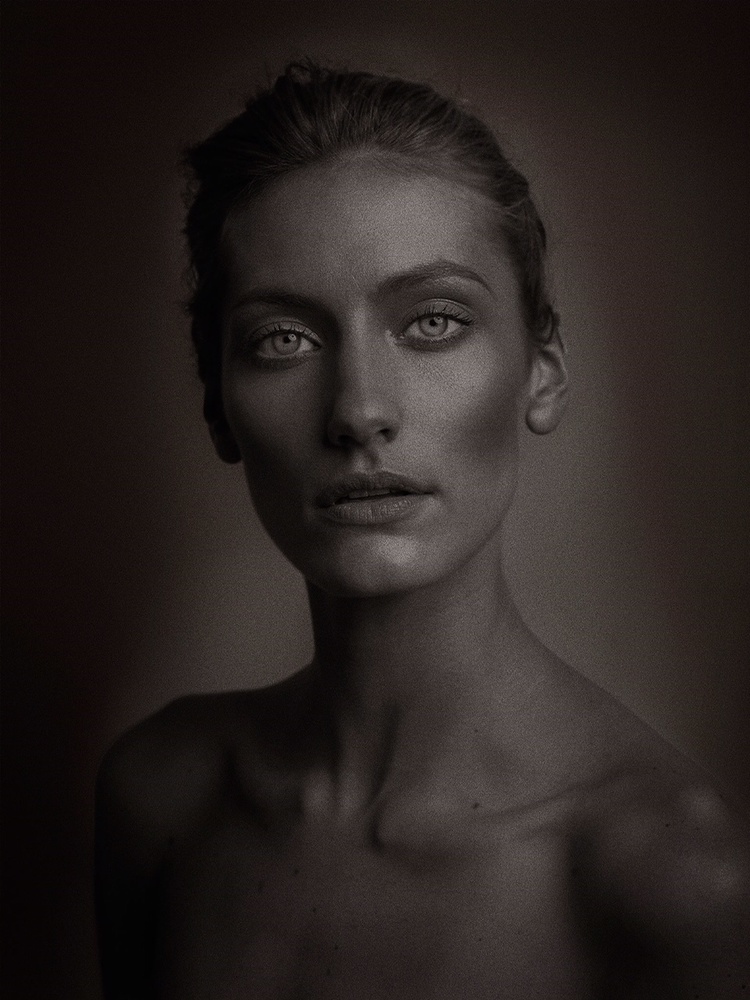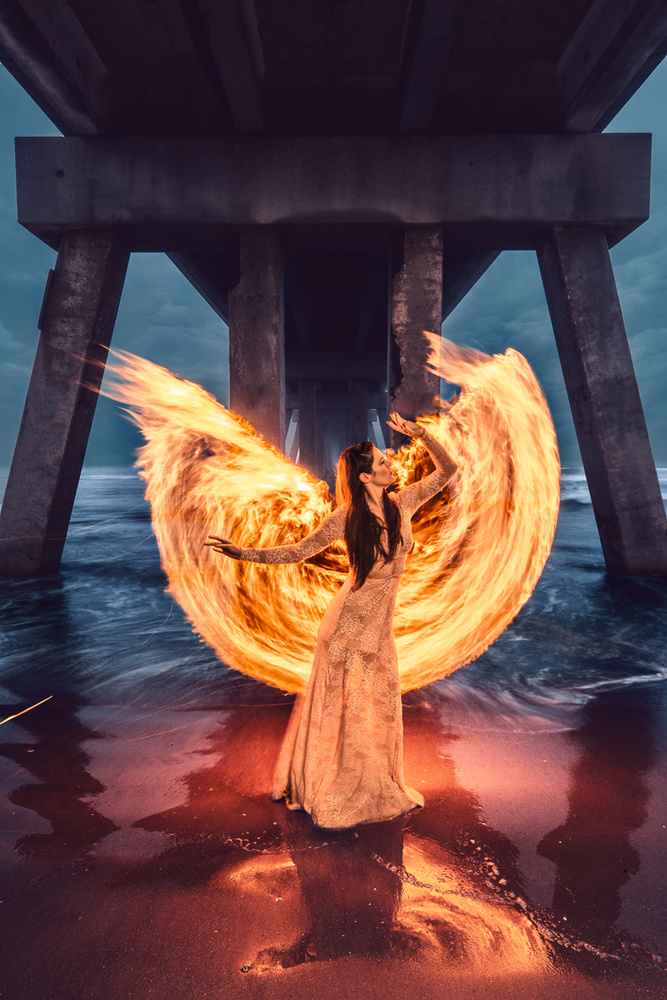If you are content to remain at the same skill level, taking the same photos for the rest of your career, then please, ignore this article. If you want to become a better artist, read on, but be prepared to be uncomfortable.
A wise man once said, “If you only do what you can do, you’ll never be more than you are.” OK, it wasn’t a man, it was a cartoon character named Master Shifu. Did I just use a quote from “Kung Fu Panda”? Yes, I did. The wisdom is still pertinent to photographers, though, no matter who said it.
I’m currently learning this lesson the hard way, because I’ve embarked on a fine art series that is challenging the way I see my own work, and forcing me to think about why I spend time behind the camera. I’m not going to lie, this is an uncomfortable prospect. When I am in my own lane, I’m vastly comfortable. I know how to make pretty things. I’ve become very good at pretty things during the last 10 or so years. But the question I have to face now is do I want to stay here in pretty things land, or do I want to push myself and see if I can make it into the realm of art that matters?
As soon as you stop growing, you start dying, so if growth is a requirement to continuing existence, what does it take to grow beyond a well taken photograph, and into the realm of the sublime? It takes facing your fears and stepping outside of your comfort zone.

Photo used with permission of Andre Schneider.
A comfort zone has lots of great qualities. It’s reliable. It’s safe. You know your comfort zone inside and out. But growth isn’t something comfort zones can provide. They’re designed to keep you safe. Growth is triggered by adversity, and adversity is something comfort zones remove with extreme prejudice.
As with any physical practice, the mind and body become accustomed to repetition, reaching a point of efficiency, until less thought and less effort are required to complete the practice. If you want to grow, you have to push yourself beyond that of which you’re currently capable. If you want bigger muscles, you must tear the existing muscle fiber. That hurts. But the body has no reason to increase muscle size if it’s currently capable of handling that weight. In the same way, if you don’t step outside your comfort zone and encounter things that make you nervous, things that make you fear you might not be good enough to handle them, you’ll never develop the additional abilities required to take you to new heights. You won’t be strong enough to climb that mountain if you don’t build your muscles up first.

Photograph used with permission of Roy B - Model: Nyasia Smith - Designer: Evanny Thompson - MUA: Kimberly Clay
What does this look like from a practical perspective?
People spend years developing a visual signature. It could be a lighting style, a posing style, post-processing techniques, etc. This is a good thing, because it allows the work to be recognizable. But it can also foster stagnation. Done right, growth doesn’t remove the visual signature that was so costly to achieve, it brings it along, refines it, gives it depth and subtlety. Gold is always gold, but it’s only pure after it’s been put through the fire.

Photograph used with permission of Zachary Smidt.
Stepping outside your comfort zone could mean anything from learning a new lighting technique to tackling ideas that are difficult to conceptualize. As long as what you are approaching is outside your current level of confidence, it’s going to push you to grown in new ways. Often, this will mean failure. Sometimes, it will mean the catastrophic failure and the loss of time, money, and emotional investment. But these are exactly the kinds of lessons that drive growth. Remember, this is not about fixing weaknesses in your work. It’s about becoming the purest, most worthy version of yourself. If you asked the gold whether it would like to be placed in the refiner’s fire, chances are that it would tell you it’s perfectly happy to stay bonded to the other rocks, thank you very much. No one wants to endure the discomfort failure. In fact, your brain works really hard to stop you from doing things that will cause you emotional pain. If you want to grow, though, you’ve got to face the fear, and your brain’s efforts to rationalize all the good reasons why you shouldn’t try this new thing, and do it anyway. You have to learn to be comfortable with discomfort. You have to recognize that discomfort for what it is, a sign that you’re about to try something brave, and then go for it, anyway.
I remember hearing portrait artist Sue Bryce talking about her fear of strobes. They didn’t make any sense to her and she had all but perfected the use of natural light, so why would she bother to use something she didn’t need? Having taken the brave step to learn, though, has allowed her to work more often, at any time of day, and have an even deeper level of control which shows in the subtlety and refinement of her use of light. She wasn’t remedying a fault in her work, she was pushing her boundaries.
All great accomplishments are built on trial, error, and a willingness to fail. If you are too afraid to look stupid, too afraid to fail, then you’ll never know how far you can push yourself, and to what heights you may have climbed.

Photograph used with permission of Justin Rosenberg.
If you’ve been wanting to try that set up, try it. If you’ve been thinking about learning a new technique, stop thinking and start doing. If you’ve had a concept on your mind for years but never had the courage to jump — it’s time. It’s time to stop being satisfied with technically good. It’s time to stop producing variations on the same old thing, and start producing something new and exciting.
Yes, it’s scary. It’s uncomfortable to be vulnerable, particularly when you’re taking risks in front of other people. But it’s worth it. Am I content to stay where I’m at? No, I’m reaching for the stars. I hope you’ll join me.
Lead image by Kate Woodman.







For me it's the other way around, I almost never shoot with natural light. Doing TFP mostly, so I don't want to "waste" the models time by creating bad outdoor photos.
So the few times I do shoot with natural light I usually pay them...
I've heard that from a few people now! It's so interesting to see how everyone starts in different places. I'm sure the models appreciate that.
Thanks for this. I've been doing this unconsciously for years and it always followed by some of my best work. But lately I've been in a creative rut, and your article made me realize it's because I've become static and comfortable. It's time to push myself and get outside that comfort zone once again. Just the kick in the butt I needed. Thanks.
You're absolutely welcome. I've found the same for myself, and I'm in that phase again right now, and it's always a pain to push through, but worth it!
good reminder...
Excellent article. Exactly what I needed to read at this stage. Thanks Nicole!
I'm so glad, Jim. You're 100% welcome :)